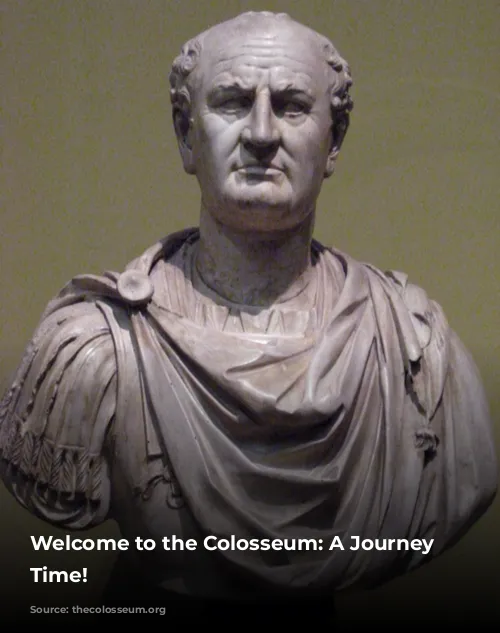Get ready to step back in time and explore the Colosseum, a magnificent structure steeped in history and wonder. This iconic landmark, standing tall in the heart of Rome, tells tales of ancient gladiatorial battles, daring hunts, and even brutal executions. Let’s delve into the fascinating world of the Colosseum and unravel some of its captivating secrets.
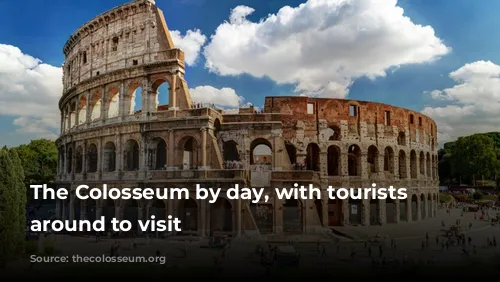
When Was This Monument Built?
The Colosseum’s construction commenced in the year 72 AD, under the reign of Emperor Vespasian. It was completed in 80 AD, a testament to the Romans’ incredible engineering prowess. Interestingly, Emperor Vespasian passed away before the Colosseum’s completion, leaving his sons, Emperors Titus and Domitian, to oversee the finishing touches. The construction was largely carried out by Jewish slaves, diligently supervised by skilled Roman engineers and craftsmen.
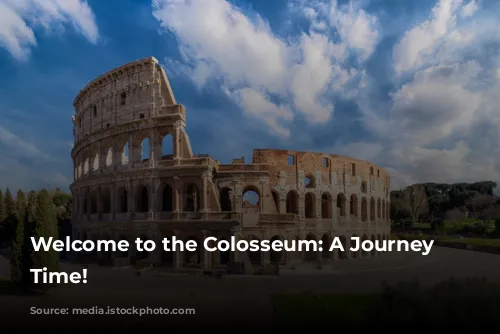
Who Built This Majestic Structure?
Following the Romans’ victory in the first Jewish-Roman war, the Temple of Jerusalem was destroyed, and many Jews were forced into slavery. It is estimated that 60,000 to 100,000 of these enslaved people were transported to Rome and employed in the colossal task of building the Colosseum. It’s a stark reminder of the harsh realities of ancient times.
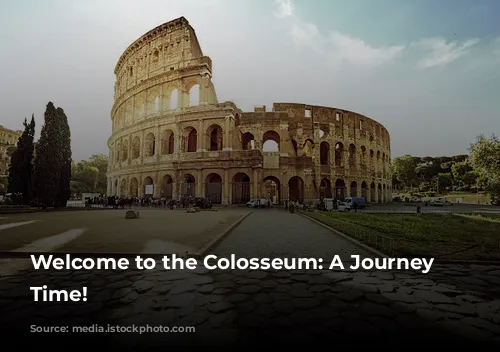
Why Was the Colosseum Built?
After the devastating Great Fire of 64 AD, Emperor Nero ordered the construction of a lavish palace for himself, named the Domus Aurea. The Roman citizens, however, were not thrilled with this extravagant project, especially considering the city’s recent devastation. When Nero was overthrown and replaced by Emperor Vespasian, the Domus Aurea was demolished, and the Colosseum was erected in its place. This grand amphitheater was designed to be a symbol of unity and entertainment for all Roman citizens.
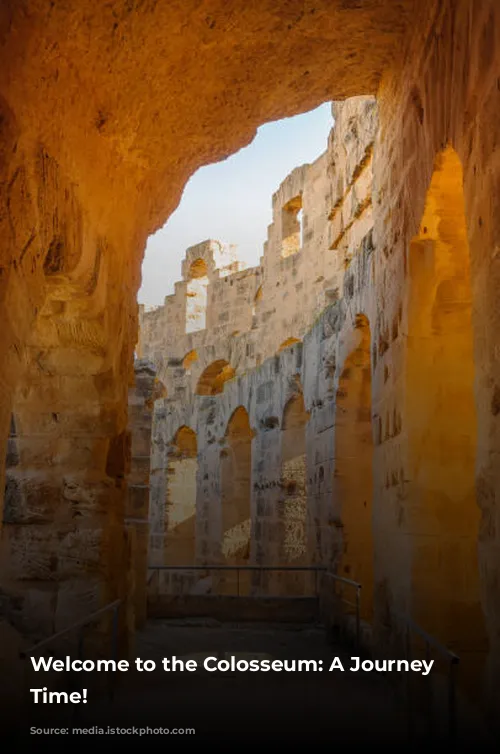
What Does the Colosseum’s Name Mean?
The Colosseum was initially known as the Flavian Amphitheater, named after the Flavian dynasty – the ruling family that included Emperors Vespasian, Titus, and Domitian. However, the name “Colosseum” is believed to have originated from the colossal bronze statue of Emperor Nero, which once stood near the building. This statue was inspired by the famous Colossus of Rhodes, hence the name.
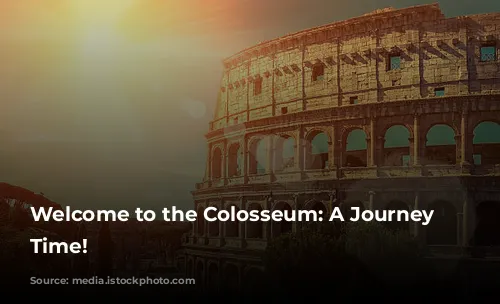
How Big is the Colosseum?
The Colosseum’s imposing presence is undeniable. This oval-shaped structure stretches for 189 meters in length, 156 meters in width, and reaches a towering height of 48.5 meters. It occupies a remarkable 6 acres of land, a testament to its grandeur.

What Makes Up the Colosseum’s Exterior?
The Colosseum’s exterior walls are adorned with three levels of columns: Doric, Ionic, and Corinthian. Each level boasts 80 arches, 76 of which are numbered with Roman numerals, still visible today. These numerals served as a guide for citizens to find their seats. Out of the original 80 arches, only 31 remain intact, providing a glimpse into the Colosseum’s past.
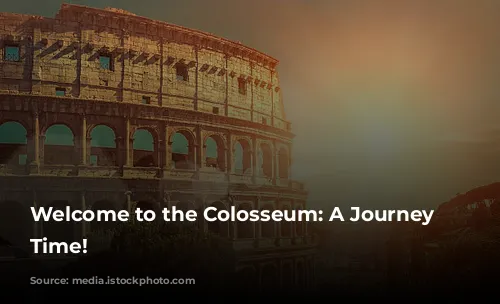
What Was Used to Build This Architectural Wonder?
The Colosseum was constructed using an estimated 100,000 cubic meters of travertine stone, quarried from the nearby city of Tivoli. These massive stones were held together by thousands of iron clamps, demonstrating the strength and ingenuity of Roman engineering.
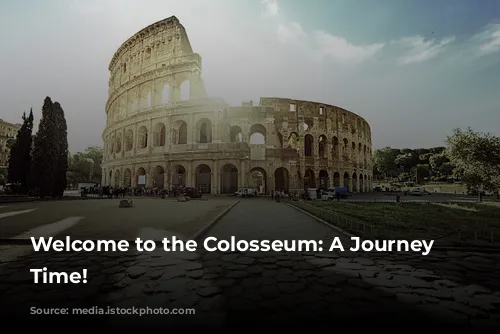
What Lies Beneath the Colosseum?
Beneath the Colosseum lies an intricate network of tunnels and chambers known as the Hypogeum. This subterranean labyrinth served as a holding area for gladiators, animals, and prisoners before they entered the arena. 80 vertical shafts connected the Hypogeum to the arena, allowing for the swift and dramatic emergence of performers. An extensive system of trapdoors was also in place to introduce scenery elements and create captivating special effects.
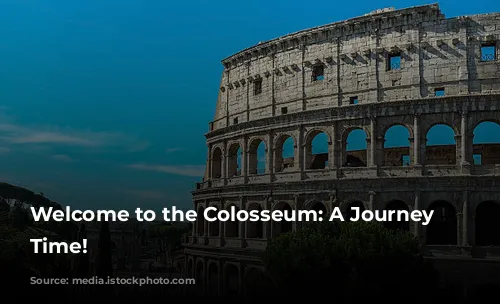
How Many Spectators Could the Colosseum Hold?
The Colosseum was designed to accommodate a massive crowd. It could seat between 50,000 and 80,000 spectators, providing a thrilling spectacle for the Roman populace.
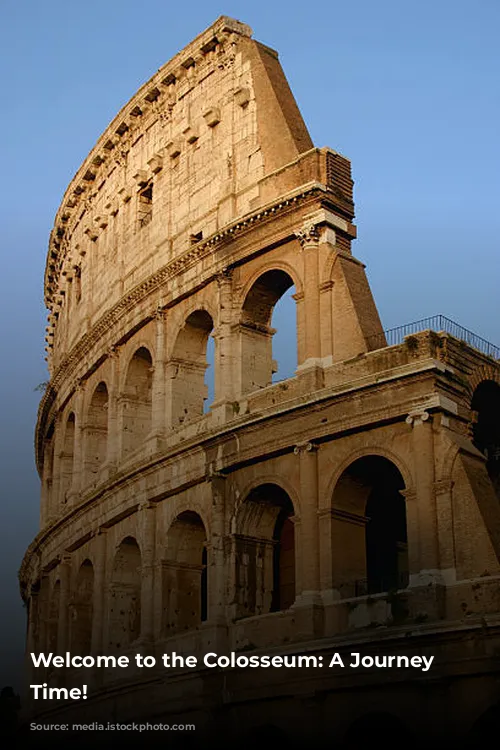
How Many People Met Their End in the Colosseum?
While the exact number is unknown, it is estimated that as many as 400,000 people lost their lives in the Colosseum over the course of its 350-year history. This tragic toll included gladiators, slaves, convicts, prisoners, and various other performers who took part in the brutal bloodsports and spectacles.
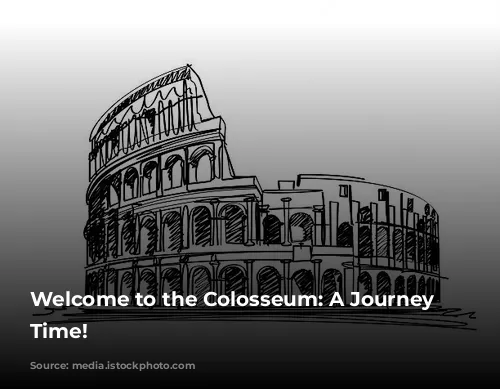
What Animals Roamed the Colosseum?
A wide variety of animals were brought to the Colosseum to participate in hunts and executions. These majestic creatures included lions, tigers, wolves, bears, leopards, wild boar, elephants, hyenas, buffalo, hippopotamuses, crocodiles, and giraffes. The Colosseum was a stage for some of the most dangerous and awe-inspiring animal encounters in history.
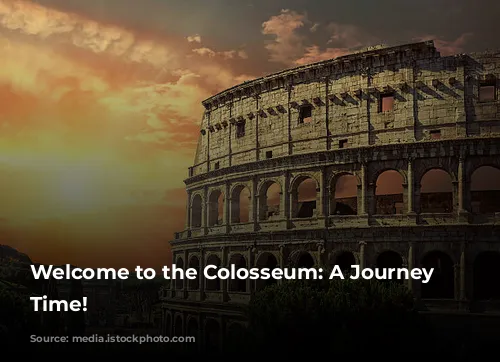
How Many Animals Were Killed in the Colosseum?
While a precise number is impossible to obtain, it is believed that millions of animals met their demise in the Colosseum. This staggering figure is based on historical accounts of hunts and spectacles, as well as estimates of the number of events held. Some sources even suggest that the Colosseum contributed to the extinction of certain animal species in nearby regions.
What Types of Spectacles Took Place in the Colosseum?
The Colosseum hosted a range of spectacles designed to entertain and amaze the Roman masses. The most renowned events were gladiator battles, where skilled warriors fought for glory and survival. Other popular events included hunts, in which gladiators faced dangerous animals, and executions, often involving the gruesome “damnatio ad bestias,” where condemned individuals were thrown to wild beasts. In the early years, the Colosseum even hosted “Naumachia,” staged naval battles for which the arena was flooded.
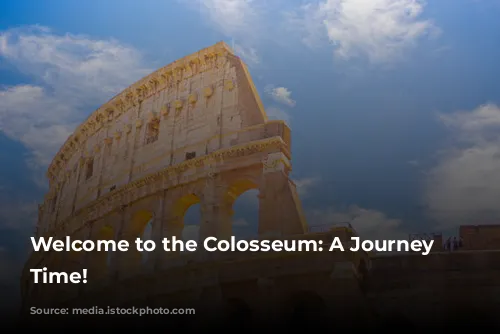
Were Gladiator Fights as Brutal as They Seem?
Contrary to popular belief, gladiator fights weren’t always the gruesome free-for-alls depicted in movies. While certainly violent, they were more organized and controlled. Gladiators were classified into categories based on their fighting styles and skills. Referees and doctors monitored the fights, and death wasn’t always the outcome. Successful gladiators could even become famous celebrities, boasting long careers with numerous fights, many of which they survived. While the events were far from bloodless, they were less chaotic and more strategic than often imagined.
Did Christians Meet Their Demise in the Colosseum?
While the Colosseum witnessed the deaths of thousands over the years, including undoubtedly some Christians, there’s no concrete historical evidence to definitively link Christian martyrdom to the Colosseum.
Is the Movie “Gladiator” Based on Real Events?
The movie “Gladiator” incorporates elements of reality and fictional drama. Commodus, the emperor portrayed in the film, was a real historical figure, known for his love of gladiatorial combat. He was known to participate in arena fights himself, often against disabled or defenseless opponents, earning him widespread hatred and ultimately contributing to his downfall. However, the film’s dramatic portrayal of his death in a gladiatorial duel is not historically accurate.
Did Gladiators Have Any Rights?
Gladiators were essentially slaves, stripped of their rights and considered the property of their owners. Their lives were forfeit, and they were subjected to a life of dangerous combat for the entertainment of the masses.
When Were the Last Fights Held in the Colosseum?
While the exact date remains unknown, the last recorded gladiator battles took place in 435 AD. The Colosseum continued to be used for hunts for approximately another century.
Why Did Gladiator Fights End?
Contrary to the common belief that Christianity caused the end of gladiator fights, the primary reason was economic. By the 5th century, the Roman Empire was in decline, and the cost of maintaining the Colosseum, paying for gladiators, and procuring wild animals became unsustainable.
What Catastrophes Has the Colosseum Endured?
Throughout its long history, the Colosseum has faced numerous disasters. Fires have ravaged the structure at least three times, and earthquakes have damaged the building on at least four occasions. These events have significantly impacted the Colosseum, requiring extensive repairs and rebuilding over the centuries.
What Other Uses Has the Colosseum Had?
The Colosseum’s purpose has evolved throughout the ages. After its days as an arena, it has served as a cemetery, a place of worship, housing for people, workshops for artisans and merchants, the home of a religious order, a fortified castle, and most recently, a major tourist attraction. This remarkable history reflects the changing times and the enduring power of the Colosseum.
The Colosseum Today
The Colosseum remains a symbol of Rome’s rich history and enduring legacy. Today, it attracts over 7 million visitors annually, making it one of the world’s most visited landmarks. Its captivating story continues to inspire wonder and awe in people from all over the globe. Whether you’re a history buff, an architecture enthusiast, or simply seeking a glimpse into the ancient world, a visit to the Colosseum is an unforgettable experience.
